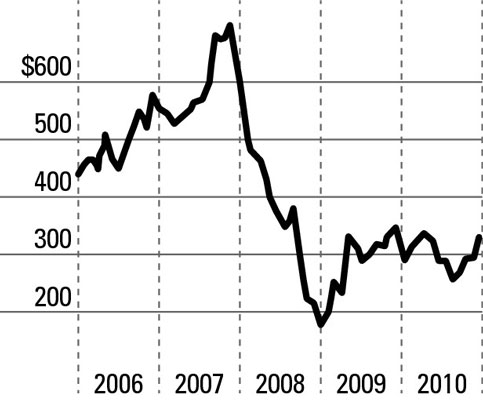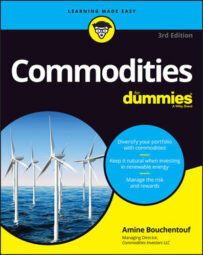One of the biggest trends in the global investment game in the beginning of the 21st century is the increasing popularity of commodities in investor portfolios. Driven by high commodity prices, many investors are looking for ways to profit in this sector.
Commodity exchanges are becoming popular vehicles through which investors access the commodity markets. Because of their unique position, commodity exchanges stand to gain tremendously from this interest from the investing public. Interested in cashing in on this trend without trading a single contract on a single commodity exchange?
Sometimes, with all the commotion associated with the trading floors on commodity exchanges, it’s easy to forget that an exchange is a business like any other business. Exchanges have employees, board members, revenues, earnings, expenses, and so on.
Exchanges aren’t charitable organizations; a commodity exchange is a for-profit enterprise. Just as a car manufacturer sells cars to customers, commodity exchanges sell commodity contracts to customers. That’s their bread and butter — their business is to sell financial instruments to the investing public. As with any company, exchanges charge a fee for this service.
For most of their existence, exchanges have been privately held companies whose business side has remained under close wraps. However, because of the increasing popularity of commodities and the rise of the electronic trading platform, many commodity exchanges are now going public. That is, they’re becoming public companies with shareholders and outside investors. Most of the commodity exchanges are now traded on stock exchanges just like Microsoft, Ford, or Wal-Mart.
In 2003, the Chicago Mercantile Exchange (the nation’s largest commodity exchange in terms of volume) went public. Its shares are now traded on the New York Stock Exchange under the ticker symbol CME. CME went public at a price of $43 a share.
After reaching a high of $700 a share in 2007 and a low of $200 during the Global Financial Crisis, the stock price has stabilized in the $300 range since 2008. Encouraged by these results, a number of other commodity exchanges went public soon afterward, and more are following suit. You can cash in on this trend by becoming a shareholder in one of these exchanges.

Before you purchase equity (stock) in one of the commodity exchanges, make sure that you perform a thorough analysis of the stock and the company fundamentals. A stock never goes up in a straight arrow — it always retreats before making new highs. Sometimes it doesn’t make new highs at all.
You should follow a stock on paper — that is, follow its movements without actually owning the stock — for a period of at least two weeks. That way, you can get a feel for how the stock moves with the rest of the market. You can hopefully pinpoint the right entry and exit points.
| Exchange Name | Ticker | Listed In | IPO Date | IPO Price |
|---|---|---|---|---|
| Chicago Mercantile Exchange | CME | NYSE | December 2002 | $43.60 |
| Intercontinental Exchange | ICE | NYSE | November 2005 | $39.00 |
If you’re interested in profiting from the popularity of commodity exchanges, a unique way to do so is to purchase equity in these exchanges directly. The benefit is that you get to capitalize on the growing commodity trend without actually having to buy commodity exchange-traded products.

